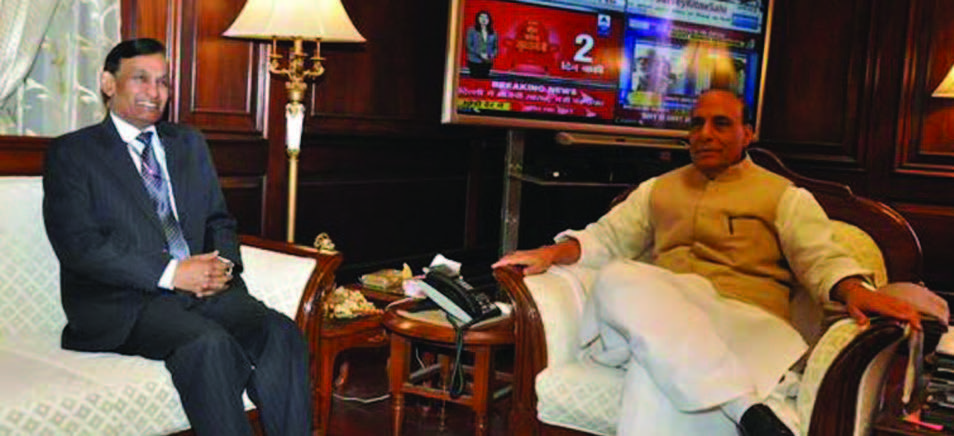
NEW DELHI (TIP): The Supreme Court said on January 10that someone whose name does not figure either in an FIR or a charge sheet but whose role in an alleged crime surfaces during the course of a trial would be subject to the same trial too. A constitution bench of Chief Justice P. Sathasivam, Justice B.S Chauhan, Justice Ranjana Prakash Desai, Justice Ranjan Gogoi and Justice S.A. Bobde said: “A person not named in the FIR or a person though named in the FIR but has not been charge sheeted or a person who has been discharged can be summoned under Section 319 Cr.P.C. (Criminal Procedure Code) provided from the evidence it appears that such person can be tried along with the accused already facing trial.” Pronouncing the judgment, Justice Chauhan said, “Insofar as an accused who has been discharged is concerned, the requirement of Sections 300 and 398 Cr.P.C. has to be complied with before he can be summoned afresh.”
It said that under section 319, a person against whom material is disclosed is only summoned to face the trial and in such an event under Section 319(4), the proceeding against such person must begin from the stage of taking of cognizance, and the court need not wait for the evidence against the accused proposed to be summoned to be tested by crossexamination. The degree of satisfaction for summoning the subsequent accused has to be different from the court’s satisfaction while proceeding against the original accused, it said. “Fresh summoning of an accused will result in delay of the trial – therefore the degree of satisfaction for summoning the accused (original and subsequent) has to be different,” the court ruled. It said that the difference in the degree of satisfaction is due to the fact that the trial may have already commenced against the original accused and it is in the course of such trial that materials are disclosed against the newly summoned accused.
On the degree of satisfaction of trial court on the framing of charges, the bench said that though under Section 319(4)(b), the accused subsequently impleaded is to be treated as if he had been an accused when the court took cognizance of the offence, the degree of satisfaction that will be required for summoning a person would be the same as for framing a charge. On the questions that on what stage the powers under section 319 could be exercised and the nature of the evidence to satisfy the trial court to summon subsequent or new accused, the court said that materials coming before the court in course of such enquiries can be used for corroboration of the evidence recorded in the court after the trial commences for the purpose. “In view of the above position, the word ‘evidence’ in Section 319 Cr.P.C. has to be broadly understood and not literally i.e. as evidence brought during a trial,” the bench said answering five questions framed by a three judge bench Dec 8, 2008, for its consideration.
Section 319 of the CrPC spells out the proviso for the joint trial of a person, who though not been named as an accused, appears, during the course of investigation or trial, to have committed a crime. The five questions addressed by the constitution bench included at what stage the power under section 319 could be be exercised, and did “evidence” as used in section 319 (1) only mean that tested by crossexamination or could the court exercise this power on the basis of the statement made in the examination-in-chief of the witness concerned. It was also asked whether “evidence” was used in a comprehensive sense and did it include the evidence collected during the investigation or was limited to the evidence recorded during the trial? The constitution bench was also asked to spell out the nature of satisfaction required to invoke the section to arraign an accused, and could the power be exercised only if the court was satisfied that the accused summoned as likely to be convicted; and whether the power extended to people not named in the FIR or named but not charged or those discharged.



Be the first to comment